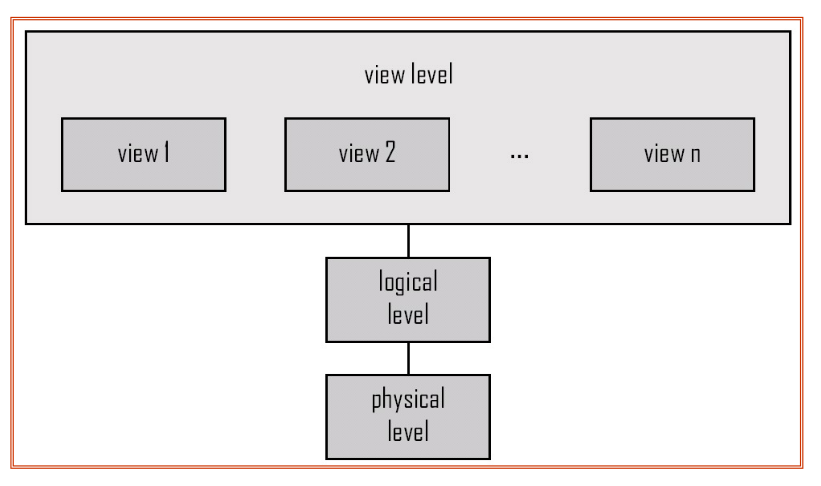#Purpose of Database:
Drawbacks of using file systems to store data:
- Data redundancy and inconsistency
- Multiple file formats, duplication of information in different files
- Difficulty in accessing data
- Need to write a new program to carry out each new task
- Data isolation
- multiple files and formats
- Integrity problems
- Integrity constraints become "burned" in program code rather than being stated explicitly.
- Hard to add new constraints or change existing ones
- Atomicity of updates
- Failures may leave database in an inconsistent state with partial updates carried out
- Example: Transfer of funds from one account to another should either complete or not happen at all
- Concurrent access by multiple users
- Concurrent accessed needed for performance and usability
- Uncontrolled concurrent access can lead to inconsistencies
- Example: Two people reading a balance and updating it at the same time
- Security problems
- Hard to provide user/apps access to some, but not all, data
Modern database systems offer solutions to all the above problems

#Instances and Schemas
Similar to types and variables in programming languages
Schema - the logical structure of the database
- Example: The database consists of information about a set if customers and accounts and the relationship between them.
- Analogous to type information of a variable in a program
- Physical schema: database design at the physical level
- Logical schema: database design at logical level
Instance - the actual content of the database at a particular point in the time
- Analogous to the current values of a set of variables
Physical Data Independence - the ability to modify the physical schema without changing the logical schema
- Applications depend on the logical schema(or the view level schema)
- In general, the interfaces between the various levels and components should be well defined so that changes in some parts do not seriously influence others.